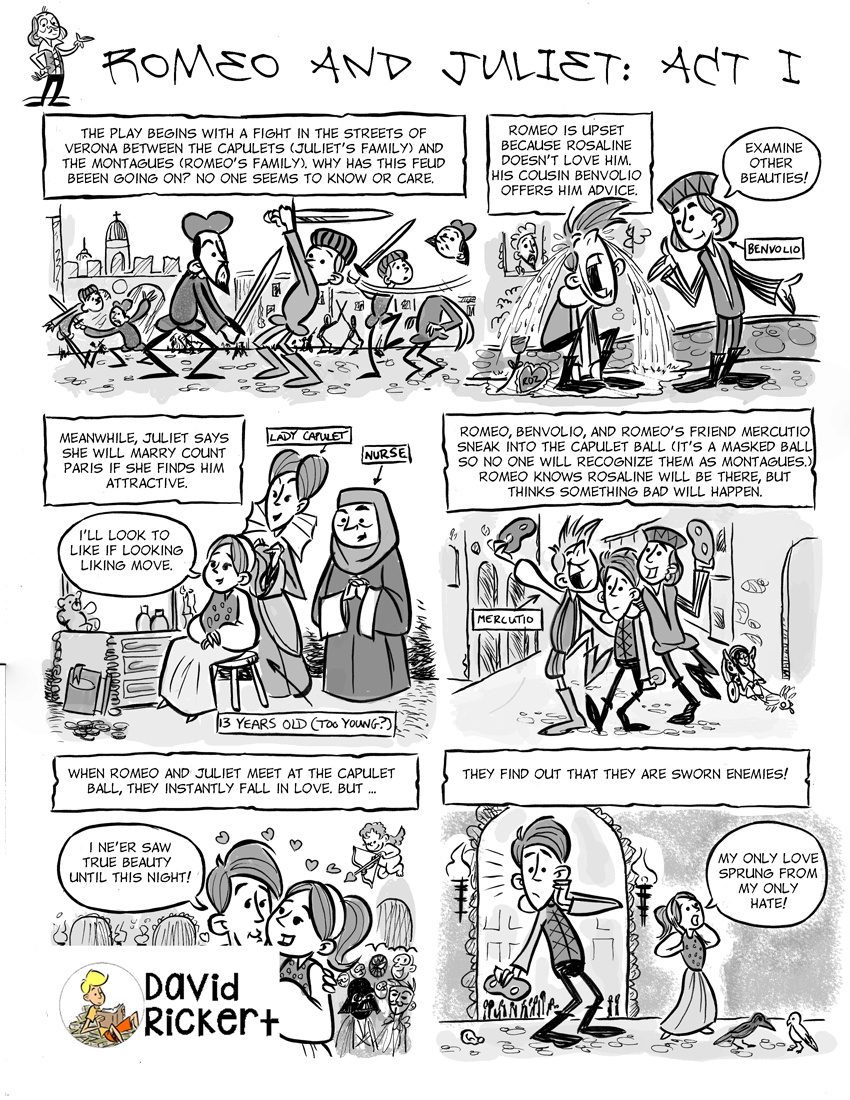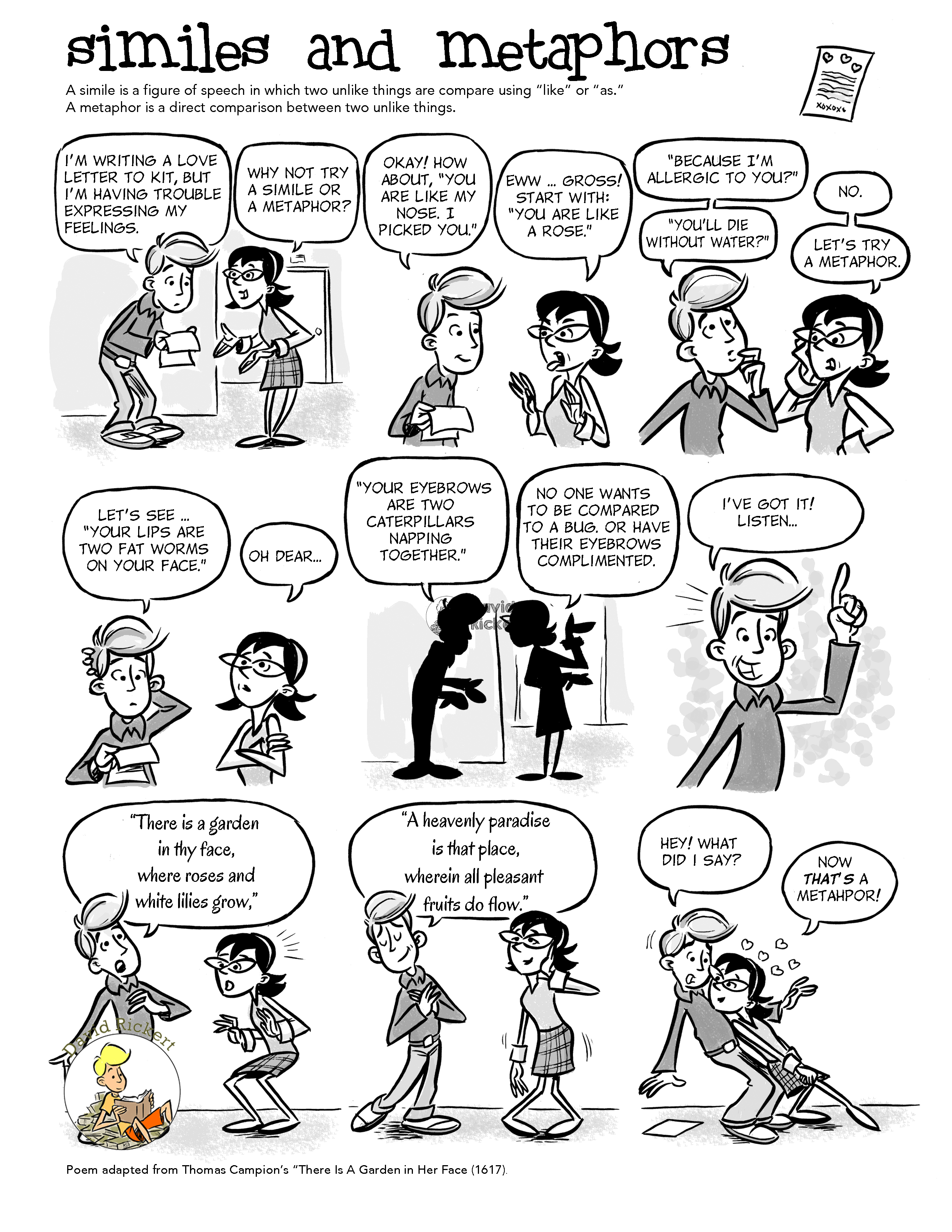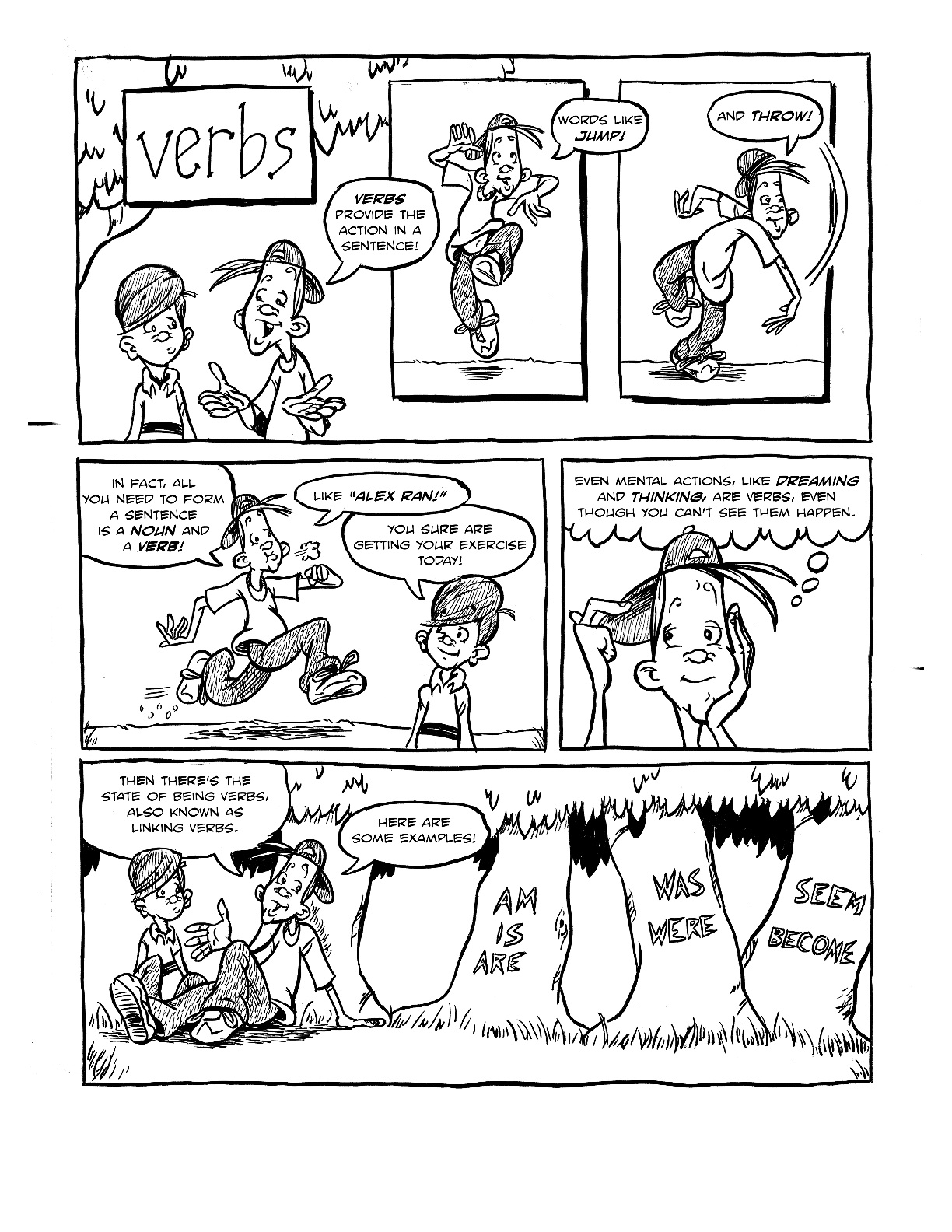
Sometimes when I teach poetry I get caught up in getting my students to understand what a poem means and neglect how poetic devices help create that meaning. Diction, syntax, rhyme – all of these are tools poets use in their writing. But how can we get students to understand how they work?
One way is with impostor poems. We had just finished an Emily Dickinson unit and before we started working on our essay I wanted the students to understand her poetry at a deeper level. So I had them working together in pairs to write an impostor poem. The challenge was: can you write a stanza of poetry that will fool others into thinking its a poem by Dickinson? The point of the activity was that they would have to be sensitive to the tools that Dickinson uses to create her poetry beyond just imagery and subject matter.
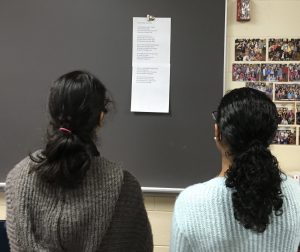

The activity
They were required to do one of two things:
- write their own stanza and put it in a “line up” with two other Dickinson stanzas from two other poems, or
- take an existing Dickinson poem, swap out one of the stanzas with one of their own, and see if anyone could figure out which one was the fake one.

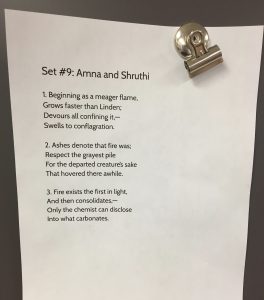
This group fooled pretty much everyone. Can you pick out the impostor?
Afterwards I printed the poems off, posted them around the room, and the students walked around with their iPads using a Google Form I created to vote on which stanza was the impostor. The group with the fewest people picking correctly won (in this case, they won a Toblerone.)
The results


The students were better at it than I thought, and some of them were indeed quite difficult to figure out. Dickinson’s poetry was a natural fit for this activity because her poems tend to follow a set rhyme scheme and meter. The stanzas are also short which made the task more manageable. They quickly figured out that if their poem didn’t have a fairly strict form, it was easy to spot as the impostor. And they were also good at looking up archaic uses of words that seemed like something Dickinson would use.
Give it a try!
If you’d like to try this with Dickinson – or another poet for that matter, you can download a free copy of the lesson plan I used. You’ll also be added to my email list and receive occasional emails about other lessons.
Learning should be fun! Check out my Teachers Pay Teachers store for fun resources like the ones you see below.

